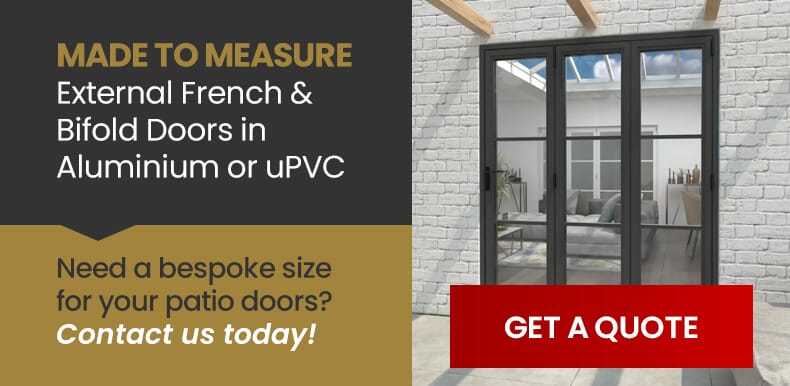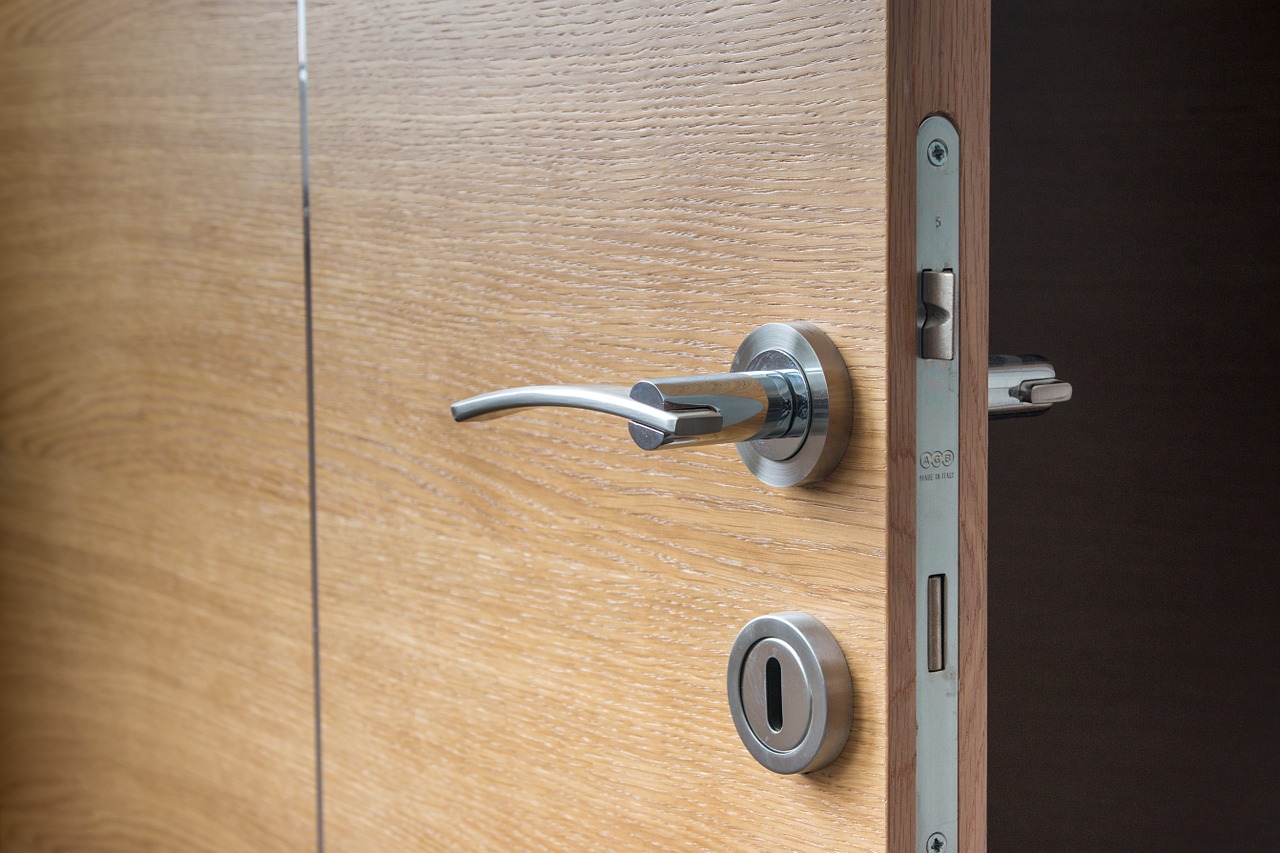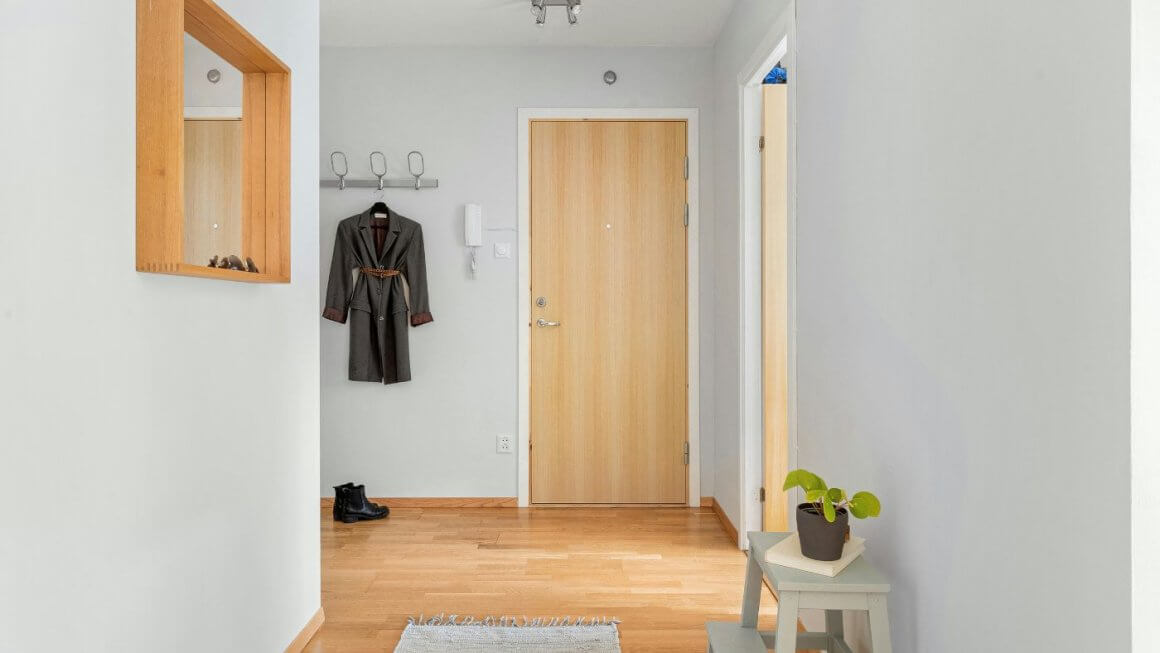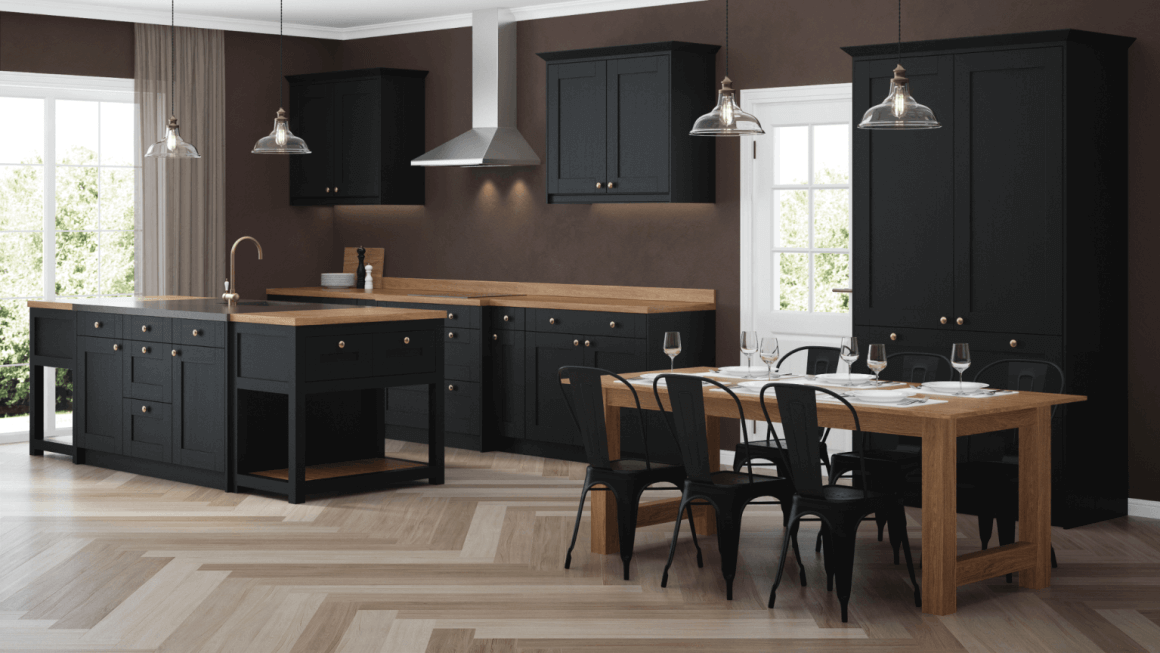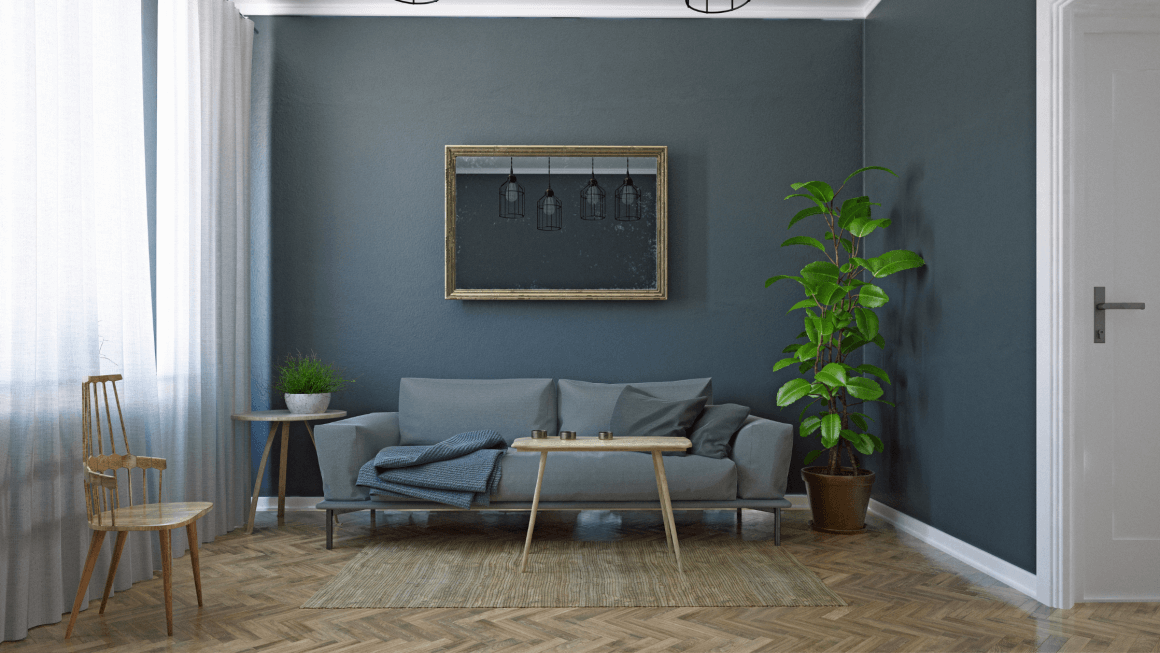If you’re considering installing new internal doors into your property, whether on the interior or the exterior, then you’ll need to decide whether you’d like prefinished or unfinished ones. Each comes with its own strengths and weaknesses, and the decision will depend on many different factors. These range from the needs of your home to your skills to your personal preference. Let’s take a closer look at the differences between an unfinished and finished door, and see which might make the best fit for your needs.
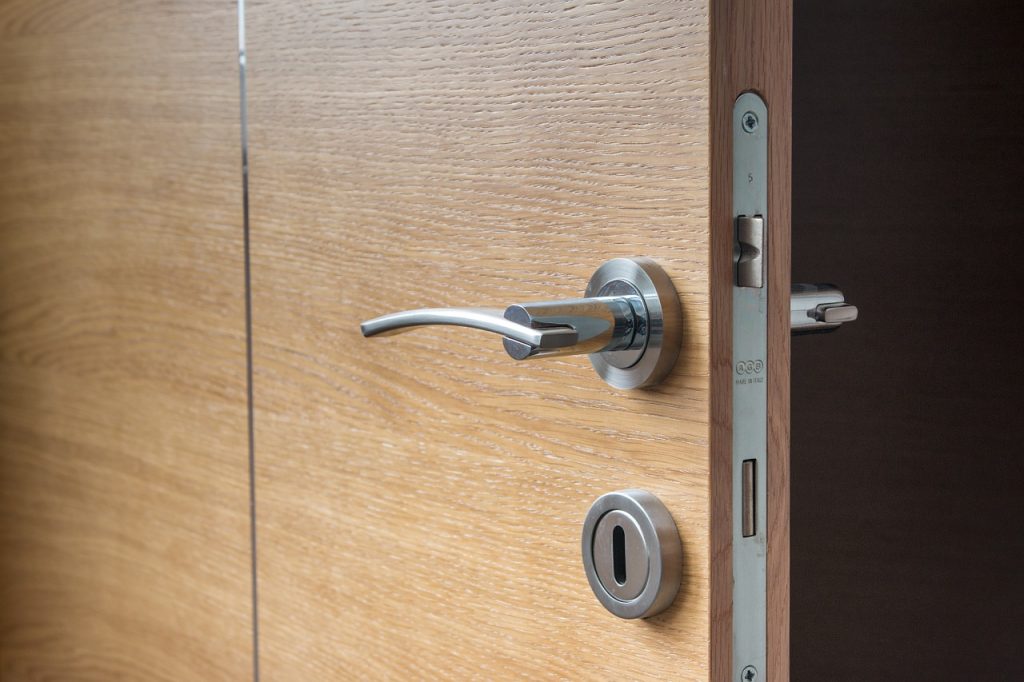
What’s the difference and which ones suit your requirements?
What is a Prefinished door?
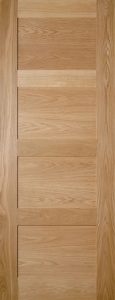
“What is a prefinished door, anyway?” we hear you cry. The answer is largely self-explanatory: a prefinished wooden door is one that’s already been completely prepared for installation – it’s covered in either paint, wax or varnish, and can be installed simply with a minimum of additional work. Prefinished doors, like our Seville Oak door, have been completed to exacting standards at factory level, using machinery and techniques that are a step above what you might have available at home. The door is typically not only stained or painted, but cut with holes for the hardware, and sanded to create a perfectly smooth surface before the finish is applied. The result is a door that almost always looks the part – you need simply install the handles and other accessories and screw it into place.
Prefinished doors can be made from several different materials. Of these, the most common are wood, metal and vinyl. These labels often apply only to the topmost visible layer; in reality, few doors are made entirely from a given sort of material – you’ll likely find that beneath the surface, the door is actually built from a variety of plastics, wooden planks and supporting metal sections. The combination of materials helps to drive down costs, ensure good insulation, and prevent wooden doors from warping over time – a phenomenon which can lead to unwelcome draughts and other problems.
Shop our range of internal doors online today. Prefinished and ready to hang, or unfinished for your choice of paint or stain. 10 year guarantee + free delivery over £750!
What is an Unfinished door?
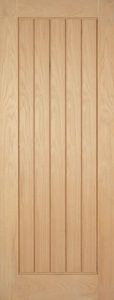
An unfinished door, by contrast, is once that’s designed to be finished, either by or on behalf of, the end user. This allows for a little bit of extra flexibility. If you’d prefer your door to be a certain colour that isn’t available off-the-shelf, then the unfinished option might seem alluring. Of course, only wooden doors require a finish; plastic doors don’t need to be painted (indeed, making the attempt can be harmful), while metal ones come with their own special powder-coating that’s always applied at factory level.
Before you get your unfinished doors into position, you’ll need to apply several coats of your finish of choice. This should ideally be done after a little bit of sanding, washing and drying. This will ensure that your door is as smooth as possible and that no excess moisture is trapped beneath the finish. Do this before the door has been put into position, ideally while it’s still lying flat on the ground. This will allow you to slowly build up an even coating, and ensure that the finish doesn’t drip.
Should I buy prefinished or unfinished doors?
You might already be leaning towards one of the two options – in which case, that’ll probably be the one you settle upon. Your choice will have a number of different consequences, however, and it’s worth considering each of them.
Cost

While it’s fair to say that the upfront costs of an unfinished door is less than that of a finished one, this difference often shrinks – or even reverses – once labour and materials are factored in.
Many general contractors will prefer to deal with unfinished wood, as it will slash their material costs. Of course, this needn’t imply that these savings are passed on to the end user. Some contractors may attempt to slash costs further by using an inferior grade of wood, with more knots and colour variation – so be sure to work only with reputable tradespeople.
If you’re going to do the work yourself, then the labour cost will depend on how much you value your own time, and how long it’ll take you to get the work done to a professional standard. Be aware also that the price of different sorts of timber will fluctuate over time, and unfinished doors tend to be more sensitive to these fluctuations. We should also consider that unfinished doors will require more regular maintenance if they’re to retain their look and function in the years to come.
If we’re comparing like for like, then the price differences between the two options tend to disappear over the lifetime of the door. Far more important instead are factors such as the amount of work that’ll go into installation, and the amount of upheaval you’re willing to tolerate.
Durability
Prefinished hardwood tends to have the edge in terms of durability. And the difference isn’t a minor one – prefinished doors will stand up to an enormous amount of punishment compared with their home-finished counterparts. When you finish a door at home, you’ll typically apply between two and three coats of your finish-of-choice. This contrasts sharply with a modern factory process, which involves applying more than seven different coats, which are baked with aluminium oxide, which helps to ensure that the coating is as rugged as can be.
That said, an unfinished door’s lifespan can be extended a little further with a little maintenance – by breaking out the fine sandpaper and re-finishing the door every few years, you’ll need be able to eliminate any blemishes that might have formed. This, however, does require a little bit of work. Speaking of which…
Ease
If you’ve thinking of installing and finishing your doors yourself, then you’ll need to put aside the necessary hours and materials. In the former category, we should factor in the time you’ll spend researching the art of door-finishing, and the amount of time you’ll spend worrying over how the job might be botched.
If you’re already a skilled door-finisher, then you might find the job quite straightforward. For most people buying a set of doors for the first time, however, this isn’t the case. You could hire a qualified person to finish your doors in situ, but what’s the point? If you’re looking to avoid creating work for yourself, the easier option is to have the doors finished in the factory.
We should also consider the upheaval that finishing a door yourself may cause in your home. You’ll have to contend with sawdust strewn across the floor, and it will take many days for the work to be complete, as you’ll need to apply several coats, and wait for each to dry before moving onto the next. If you’re finishing many doors simultaneously, then you’ll be able to save time by finishing them all at once – but you’ll still need to contend with a certain amount of turmoil.
Skills required

As we’ve touched upon, it’s important to know what you’re doing if you intend to finish a door yourself. A botch-job will look unpleasant and might be difficult and costly to correct. If you’re not prepared to put the work in learning the rudiments of door-finishing, then prefinished doors are almost certainly the better option.
Looks
Most prefinished hardwood doors come with a slight bevel at the edges, which helps the door to look smoother. This is a matter of personal preference – as are several other sorts of aesthetic flourish. You might prefer your door to look a certain way but find that it’s not available with the finish you’re looking for. If you come across such a door, you’ll need to decide whether you’re willing to make compromises in order to achieve the desired look. Having said that, the range of doors on offer is now larger than it ever has been, and so it’s easy to find a door that satisfies every criteria.
Colour matching
If you’re looking to match your doors to the colours of the other hardwood furniture you have in your home, then you’ll have an easier time if you apply the colour yourself. Moreover, if you’re in search of something very specific, you might find it’s easier to do so with an unfinished door. We have a huge selection of both pre-finished and unfinished interior single doors and interior French doors available.
That said, the breadth of colour options available in pre-finished doors is on the increase, which means that homeowners have access to more options than ever before. This means that this advantage is perhaps not as great as once it was.
In Conclusion
The choice between prefinished and unfinished doors can sometimes be a tricky one, as it’s informed by several different factors – including ones which aren’t easily quantified, like the amount of work you’re willing to put in. Like many homeowners, if you aren’t looking for a DIY project, you might find that it’s easier to opt for a prefinished door that can be simply installed and enjoyed with the minimum of fuss.


